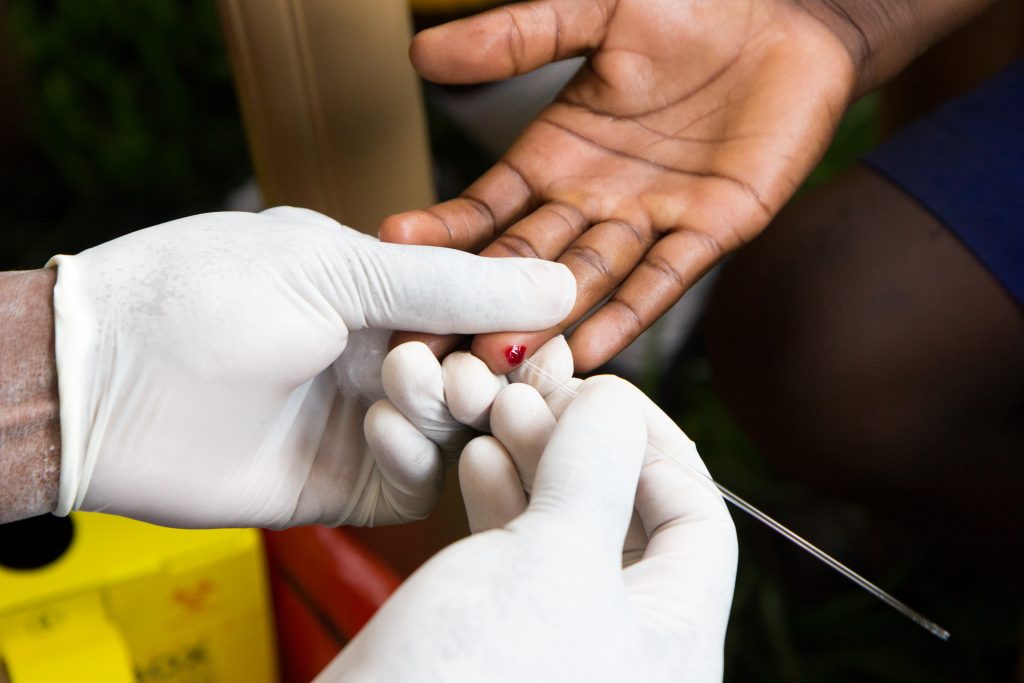By Barrett White
Last week, two people living with HIV went into long-term remission following a bone marrow transplant. Long-term remission means that they have not been completely cured of the virus, but there is a very little chance that it will come back. The patients’ bone marrow transplants were intended to treat cancer diagnoses, and not only had the outcome of sending the cancer into remission, but the patients’ HIV viruses as well.
“The news certainly gives me optimism,” says Dr. Charlene Flash, an expert in infectious diseases and Associate Chief Medical Officer at Legacy. “There’s no question it’s a key milestone in this decades-long epidemic. The search for a cure is a core scientific priority. Until we have a cure, however, the focus by clinicians, public health officials and policymakers should be to facilitate widespread HIV testing, early treatment for those who are HIV-positive and core preventive measures for those at risk of becoming infected.”
While media across the globe lauded the outcomes, this type of treatment isn’t viable for the millions of people living with HIV. Bone marrow transplants are dangerous, painful, and sometimes even deadly. Even for cancer patients, a bone marrow transplant is seen as a last resort treatment, often for a cancer that the patient may not survive otherwise.

